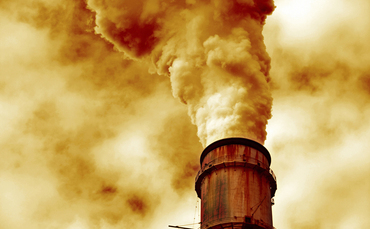 The government revised upwards the country’s petroleum resources by over 85% to about 6.5 billion barrels of oil initially in place.
The government revised upwards the country’s petroleum resources by over 85% to about 6.5 billion barrels of oil initially in place.
This was an upgrade of the 3.5 billion barrels of oil, which the government announced about a year ago.
In addition, about 500 billion cubic feet of non-associated gas (independent gas) is also now estimated to have been discovered in Uganda to date. The gas volumes are equivalent to about 90 million barrels of oil equivalent.
Ernest Rubondo, the commissioner for Petroleum Exploration and Production Department (PEPD), had a day earlier told an oil conference organized by the Konrad Adenauer Stiftung Foundation and Leo Africa Forum that the increase in the estimated petroleum resources is as a result of the evaluation of the data and information acquired from the appraisal of 13 oil wells by the oil companies licensed in the country during the ongoing evaluation of the discoveries in the Albertine Graben.
Explaining the sudden improvement in the country’s petroleum fortunes over the last one year, Rubondo said in the past, calculating recoverable quantities has not been as accurate, since it has always been based on analogues from elsewhere in the world. However, Uganda is now relying on its own data. Rubondo told The Independent on Aug. 27 that some of the fields had been discovered to be broader, while more oil had also been encountered in additional layers of some of the fields during the appraisal.
But despite the sudden jump in volume, the government said recoverable or proved oil reserves have only improved marginally, from 1.2 billion barrels to 1.4 billion barrels. Previously, Uganda’s proved oil reserves were estimated at 1.2 billion barrels of oil from the 3.5billion barrels of oil initially in place. Rubondo said Uganda’s new proved oil reserves had been calculated using an average of 30% of in place volumes, which is the world average.
However, some oil fields in countries like Norway and the USA have been able to achieve recoverability of up to 60%.
According to the commissioner, the reduction in the ratio between the oil in place and recoverable oil is mainly due to an improved understanding of the nature of the petroleum reservoirs in Uganda through the appraisal work undertaken on each of the discoveries.
The recoverability of oil depends on several factors including; reservoir quality, oil properties (including viscosity) and the technology used in production of the oil while reservoir quality mainly depends on the type of rock, its consolidation, porosity and permeability.
The oil companies licensed in the country are further working with the government in carrying out studies to determine the most suitable enhanced oil recovery method applicable to the discoveries in the Albertine Graben.
A range of improved technology such as the use of gas injection, steam flooding and injection, polymer flooding and microbial injection are some of the possible techniques that can be used to increase the recovery factor. However, it is also important to note that the methods used for enhanced oil recovery need to be closely evaluated as they have an impact on the cost of oil production. The commissioner said the increase in Uganda’s petroleum resources is an achievement given that with improved technology, the recoverable resources have potential to increase.
However, Bwesigye Don Binyina, an energy and mineral specialist, says he would not be excited as yet with Uganda’s new volumes because different companies use different technologies to do such appraisals. He expects the picture to be clearer when further appraisals are done in future.
“Logical mathematics would mean that if the oil in place has almost doubled you would expect the recoverable reserves to increase markedly, as well,” he said.
Of the 21 discoveries made in the country to date, the three companies – CNOOC, Total E&P Uganda and Tullow Oil – have submitted applications for production licenses for the 13 discoveries whose appraisal has been completed.
One year ago, the government issued its first production licence to the Chinese firm, CNOOC, following a satisfactory review of the firm’s field development plan. That licence was issued for the Kingfisher discovery– one of the first discoveries announced almost eight years ago in the mid-western district of Hoima.
The government is also in the final stages of reaching an agreement on the most suitable lead investor for its 60,000 barrels-of-oil refinery and related downstream infrastructure it is planning to set up in Hoima.
In June, two of the four bidders that submitted proposals to the government for the role of lead investor for the refinery were given the green-light to progress to the next stage of the tender process.
Two consortia– SK Group of South Korea and Russia’s RT Global Resources–are currently undergoing scrutiny by the government with assistance from its transaction advisor–Taylor Dejongh.
Rubondo said additional exploration and appraisal is expected to be undertaken in the country, and the expectation is that this could lead to additional resources being discovered.
He added that they expect the moratorium that was slapped by the government in 2007 on licensing new exploration firms to be lifted by the end of this year.
Bwesigye noted that the new development is nonetheless good news for Uganda because this means that the country’s economies of scale will go up and the cost of doing business in this sector is likely to go down since it is most li


